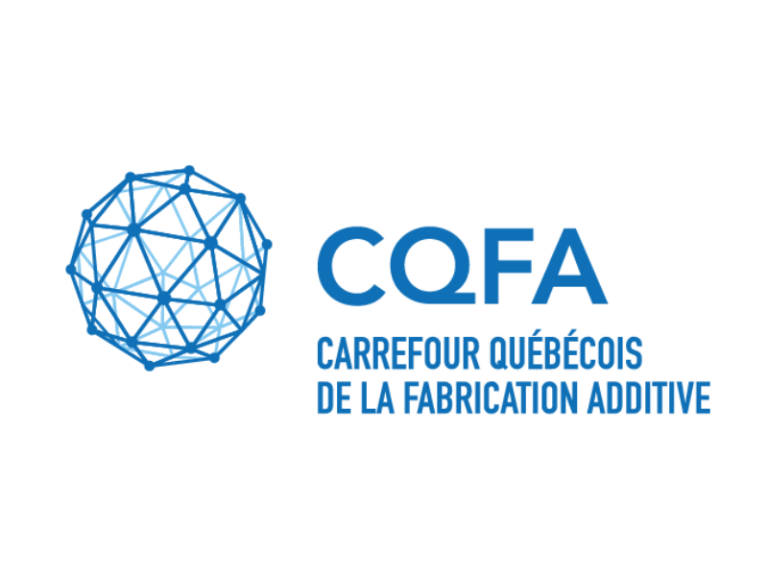
2024/01/20
Effect of in Situ Thermal Treatment on Interlayer Adhesion of 3D Printed Polyetherimide (PEI) Parts Produced by Fused Deposition Modeling (FDM)
Nguyen, Q.K.; Vuillaume, P.Y.; Hu, L.; Vachon, A.; Marcoux, P.L.; Robert, M.; Elkoun, S. (2023). Effect of in Situ Thermal Treatment on Interlayer Adhesion of 3D Printed Polyetherimide (PEI) Parts Produced by Fused Deposition Modeling (FDM). Materials Today Communications. In print.
Polyetherimide (PEI) possesses remarkable mechanical and thermal properties that make it a promising high-performance material for a wide range of applications. In addition to its simple processability, adhesive properties, and minimal smoke emission when heated, PEI is a suitable material for additive manufacturing. Because of its low cost and straightforward method, fused deposition modeling, or FDM, is a popular additive manufacturing technique for extruding thermoplastic filaments. Parts printed with the FDM approach, on the other hand, have common drawbacks such as low mechanical strength, shape inaccuracy, high porosity, void formation, interlayer adhesion problems, and anisotropic properties. The purpose of this study was to evaluate the effect of the thermal process during printing on the interlayer adhesion strength and the mechanical performances of PEI. The thermal treatment was done on a radiant heating system at 390oC with a printing speed of 35 mm/s. In this study, parts printed with and without radiant heating system were characterized and analyzed with scanning electron microscopy (SEM), optical microscopy (OM), X-ray microtomography (µ-CT), optical profilometry (OP), atomic force microscopy (AFM), dynamic mechanical analysis (DMA), and tensile tests. The results revealed that the treated specimen exhibited better interlayer adhesion between printed layers. The interfacial voids were less visible in treated specimens. Furthermore, the treated specimen had lower porosity (5%) than the untreated one (8%). Moreover, increases of 183% in tensile strength, 22% in elastic modulus, and 190% in elongation at break were observed for treated specimens when compared to untreated ones.